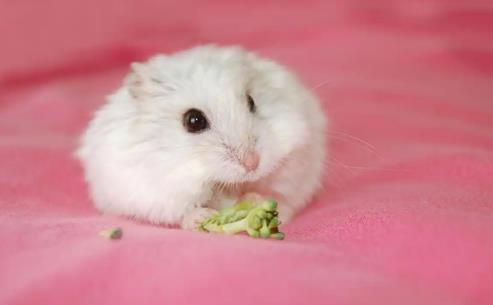1. Origin and Early Spread
Origin in Eurasia: The ancestors of hamsters can be traced back to Eurasia. Through coalescent analysis, scientists have found that the first spread and diversification of the Cricetinae subfamily occurred on the Qinghai-Tibet Plateau, and then expanded to the Mongolian Plateau and southeastern Europe.
Key Species: The direct ancestor of modern pet hamsters is the Syrian hamster (also known as the golden hamster). It was first discovered in the Syrian desert in 1839 and was domesticated as a pet in the 1930s.

2. Main Distribution Areas
Wild Distribution:
Asia: Areas north of the Yangtze River in China (such as the striped dwarf hamster), eastern Kazakhstan (the Djungarian hamster), and the Tibetan Plateau (the Tibetan hamster).
The Middle East: Syria, Lebanon, and Israel are the native places of the Syrian hamster.
Europe and North America: Some species have spread through human introduction. For example, the Syrian hamster was introduced into the United States in 1938.
Species Endemic to China: The Tibetan hamster is only distributed in high-altitude areas such as Tibet and Qinghai in China, inhabiting river valley shrubbery and marsh meadows.
3. Introduction of Modern Pet Hamsters
History of Domestication:
The Syrian hamster was captured in the Aleppo region of Syria in 1931 and was introduced into Shanghai, China from the United States in 1941.
The Siberian hamster (discovered in Russia in 1829) was later taken to places like Israel and the United Kingdom for breeding.
Species Diversity: Currently, there are 7 genera and 18 species in the hamster family. Common pet varieties such as the Winter White Russian Dwarf Hamster and the Violet Dwarf Hamster are all derived from wild populations in Asia.
Summary: The origin and distribution of hamsters are characterized by the dominance of Eurasia and regional spread. The wild populations are centered in Asia and the Middle East, while the process of pet domestication relies on the domestication of key species such as the Syrian hamster and the global introduction of these species.
